Palais de Séoul (팔레 드 서울)
183.58221714247307m 3658 2021-02-01
30 Jahamun-ro 10-gil, Jongno-gu, Séoul
+82-2-730-7707
La galerie « Palais de Séoul » est un nouvel espace culturel et artistique qui a ouvert en janvier 2010. L’exposition se trouve dans le Palais Gyeongbokgung (경복궁), situé à Tong-yeo dong (통의동). Le Palais est un grand complexe de trois étages qui dispose de 3 halls d’expositions, d’un magasin d’art et d’un jardin sur le toit pour accueillir des cérémonies.
L’art coréen moderne a débuté en 2010 et s’efforce depuis de produire des expositions expérimentales. Le but est de donner une chance à de nouveaux artistes dans des genres nouveaux comme la peinture, la photo, la vidéo, ainsi que la peinture sur corps et la verrerie.
Ouverture : le 8 Janvier 2010
Doseong (도성)
183.20550139077753m 51 2021-03-26
15, Jahamun-ro 7-gil, Jongno-gu, Seoul
+82-2-738-8885
Sujebi jjambbong (Korean spicy seafood noodle soup with hand-pulled dough) is also a popular menu. This restaurant's signature menu is noodles in black bean sauce. This Korean dishes restaurant is located in Jongno-gu, Seoul.
Boan1942 (보안1942)
195.82440238442965m 0 2023-09-20
33, Hyoja-ro, Jongno-gu, Seoul
Avant de devenir un centre consacré à l'art, Boan1942 était un lieu consacré aux repos des voyageurs entre 1942 et 2005. Le lieu a été rénové en espace culturel en 2017 sous le concept de "Boanstay."
Boan1942 propose différents espaces thématiques comme un café, un espace culture, des ateliers workshop, un magasin de livres, un espace pour les expositions, etc. Situé à Seochon, un haut lieu de la culture à Séoul, Boanstay offre également une superbe vue de l'aspect historique de Séoul notamment sur le palais Gyeongbokgung Palace, Cheong Wa Dae, et le village des hanok de Seochon.
<Credit: Boanstay>
Seochon Chingune (서촌친구네)
205.1699699635185m 159 2021-03-18
32, Jahamun-ro 1-gil, Jongno-gu, Seoul
+82-2-720-4763
A Seafood specialty restaurant located in Jongno-gu, Seoul. A restaurant serving a variety of seafood dishes. The most famous menu is steamed clams.
Won Gopchang (원곱창)
225.707581163585m 157 2021-03-20
105, Sajik-ro, Jongno-gu, Seoul
+82-2-722-2934
A place that sells grilled intestines loved by Koreans. The best menu at this restaurant is grilled beef reed tripe/grilled pork intestine. This Korean dishes restaurant is located in Jongno-gu, Seoul.
Igamyeonok (이가면옥)
226.66040688521906m 98 2021-03-18
33, Jahamun-ro, 1-gil, Jongno-gu, Seoul
+82-2-3210-3337
A cold buckwheat noodles specialty restaurant located near Gyeongbokgung (Government Complex-Seoul) Station in Seoul. Hamheung-style naengmyeon (Korean cold noodle) restaurant. The most famous menu is cold buckwheat noodles with raw fish.
Manga (만가)
232.94640130997362m 62 2021-03-26
103-19, Sajik-ro, Jongno-gu, Seoul
+82-2-720-5797
This is a restaurant that sells grilled eel, which is known as a health food. This Korean dishes restaurant is located in Jongno-gu, Seoul. The representative menu is grilled eel.
Seochon Guest House [Korea Quality] / 서촌 게스트하우스 [한국관광 품질인증]
233.46898773710555m 5504 2023-04-07
28-3, Jahamun-ro 7-gil, Jongno-gu, Seoul
+82-010-3345-9680
Seochon Guest House is located in Seochon, which is becoming a hot place for tourists in Seoul, and precisely on the road to Suseong Valley, whichis filled with interesting stores and is also well-known for Park Nosoo Art Gallery and the House of Yun Dong-ju (poet). Seochon Guest House is nicknamed ‘Jaeminangol (interesting village)’ after Baekseok’s poem ‘Yeowunangol’, with the aim of providing a visit full of interesting experiences. Passing through a garden and entering the main building, the unique charm of this hanok building, the staircase to get to the first floor from daecheong (main floored room), catches the eye of the visitors. In addition, the building is decorated with various stylish objects including paintings and Korean musical instruments. The terrace situated on the first floor offers an open view of the surrounding area including roof tiles of hanok structures and alleyways in Seochon. It is said that Korean novelist Yoon Hu-myeong also appreciated the structure of the guesthouse, saying, “It is an interesting place.” Built in the 1930s, the house, which has many storage places, was taken by the owner couple in spring 2014 as they were attracted by the house during their trip to Seochon. After the repair work, the ground floor of the house was opened for guests from January 2016, hoping that guests could share their daily experiences and stories with each other. The guestrooms and the main floored room on the ground floor are open to guests, with the exception of the first floor, which is used by the owner couple. The living room is equipped with books, a curved TV, and a table. The tasty meal, which is served in the kitchen, consists of rice and soup with six side dishes and is much loved by guests. The guesthouse offers a total of four rooms – Jae Room, which is the most Korean-style room; Mi Room, which has a combined style of a Korean-style room and Western-style room; Nan Room, which is an ideal room for meditation with a beautiful paper window; and Ahn Room, which is equipped with a veranda and a pretty flowerbed. Every room has its separate charm with various comfortable bedding to provide a quiet and cozy bedroom for guests in the middle of the city. Furthermore, the guesthouse holds a pansori (epic chant) performance twice a year. The owner started learning how to sing pansori to promote the Korean culture and tradition to foreigners. When a pansori performance is held, the owner offers traditional Korean snacks and drinks including sikhye (sweet rice punch), sujeonggwa (cinnamon punch), traditional sweets and cookies, and tteok (rice cakes) to visitors, tourists, and performers. Moreover, it provides cultural programs such as a Gukak (Korean classical music) experience, Korean traditional clothes experience, and making Korean food experience, as well as other activities with guests, such as trip to the city wall between Inwangsan Mountain and Bugaksan Mountain, and the Royal Palace Tour to Gyeongbokgung Palace, etc., as well as a trip to a traditional market.
Hyojababe (효자바베)
233.74918958376952m 112 2021-03-22
42, Jahamun-ro, 1-gil, Jongno-gu, Seoul
+82-70-8749-0019
A restaurant frequently featured in Korean delicious food programs. This BBQ restaurant is located in Jongno-gu, Seoul. The most famous menu is grilled Korean beef.
Musée National du Palais de Corée (국립고궁박물관)
235.51106992663645m 5522 2023-03-24
12, Hyoja-ro, Jongno-gu, Seoul
+82-2-3701-7500
Inauguré en 1992 sous le nom du Musée royal, l’actuel Musée national du palais de Corée expose des reliques du royaume de Joseon (1392-1910). Près de 20.000 reliques royales des palais Gyeongbokgung, Changdeokgung, et Changgyeonggung ainsi que celles du sanctuaire de Jongmyo y sont présentées.
1. Symboles et documents royaux (Royal Symbols and Records) - La dynastie Joseon soutenant les idéaux confucianistes, le roi était donc considéré comme le souverain absolu, et le couple royal faisait figure, avec la reine, de parents de tout le peuple. Pour rehausser son autorité, la dynastie a fait fabriquer divers symboles royaux.
2. Rites ancestraux (Ancestral Rites) - Un rite ancestral se tenait dans un sanctuaire abritant les tablettes des rois et des reines de la dynastie Joseon. Ce rite était non seulement une cérémonie de culte de la famille royale mais aussi une fête de musique et de danse célébrée pour souhaiter le salut et la prospérité éternelle du pays.
3. Architecture du palais (Palace Architecture) – Le palais était une demeure pour le roi et sa famille, et le centre de politique et d’administration, où le roi gouvernait le pays. Le centre du palais de la dynastie Joseon, suivant les plans d’architecture traditionnelle, comprenait Jeongjeon, le hall principal comme centre des événements de l’Etat et de discussions politiques, et Pyeonjeon, l’office du gouvernement.
4. Sciences de Joseon (Joseon Sciences) – Durant sa première période, la dynastie Joseon oeuvrait à établir la légitimité de sa fondation et à enrichir le pays. Afin de réaliser ces idéaux, la dynastie promouvait comme jamais auparavant des domaines tels que les sciences ou la médecine et développait diverses armes pour la défense nationale.
5. Vie de la famille royale (Royal Life) - Le roi et la reine étaient les figures symboliques de la dynastie Joseon, mais ils étaient également comme le peuple ordinaire dans leur vie privée au palais. Le palais était divisé en différentes sections : office du roi, demeure pour la reine, bureau du prince héritier. Chaque espace contenait des meubles appropriés, qui étaient fabriqués avec des matériaux de haute qualité selon de stricts critères pour la famille royale.

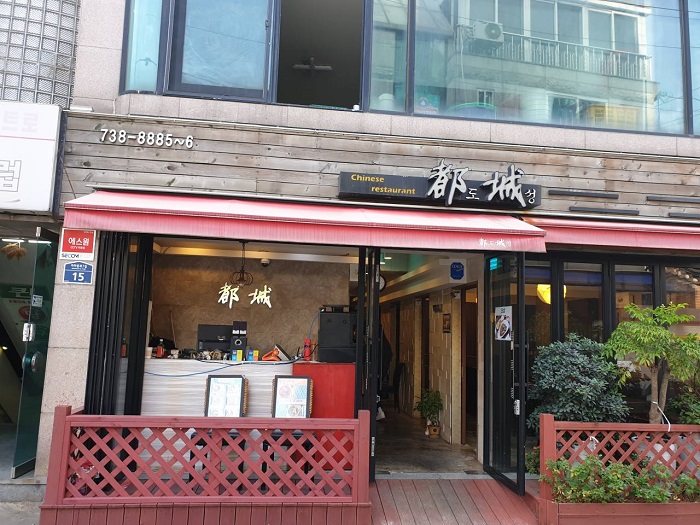

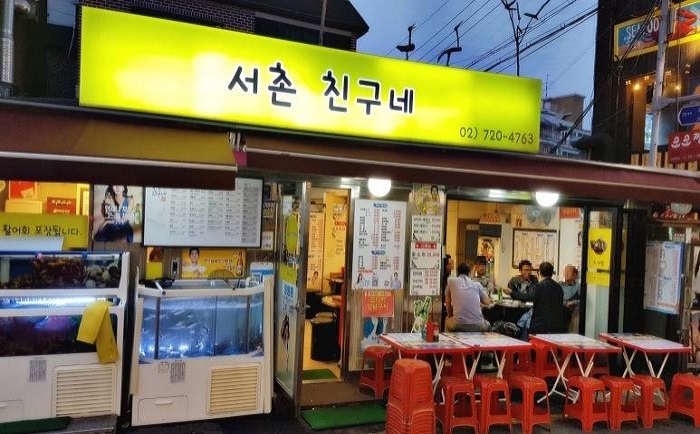
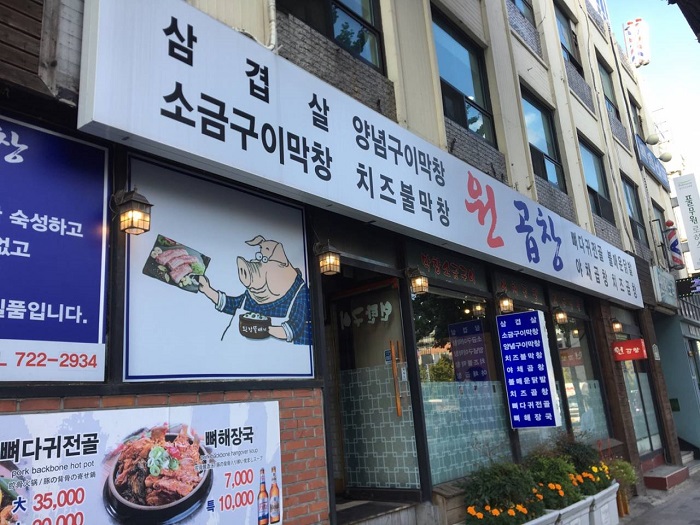
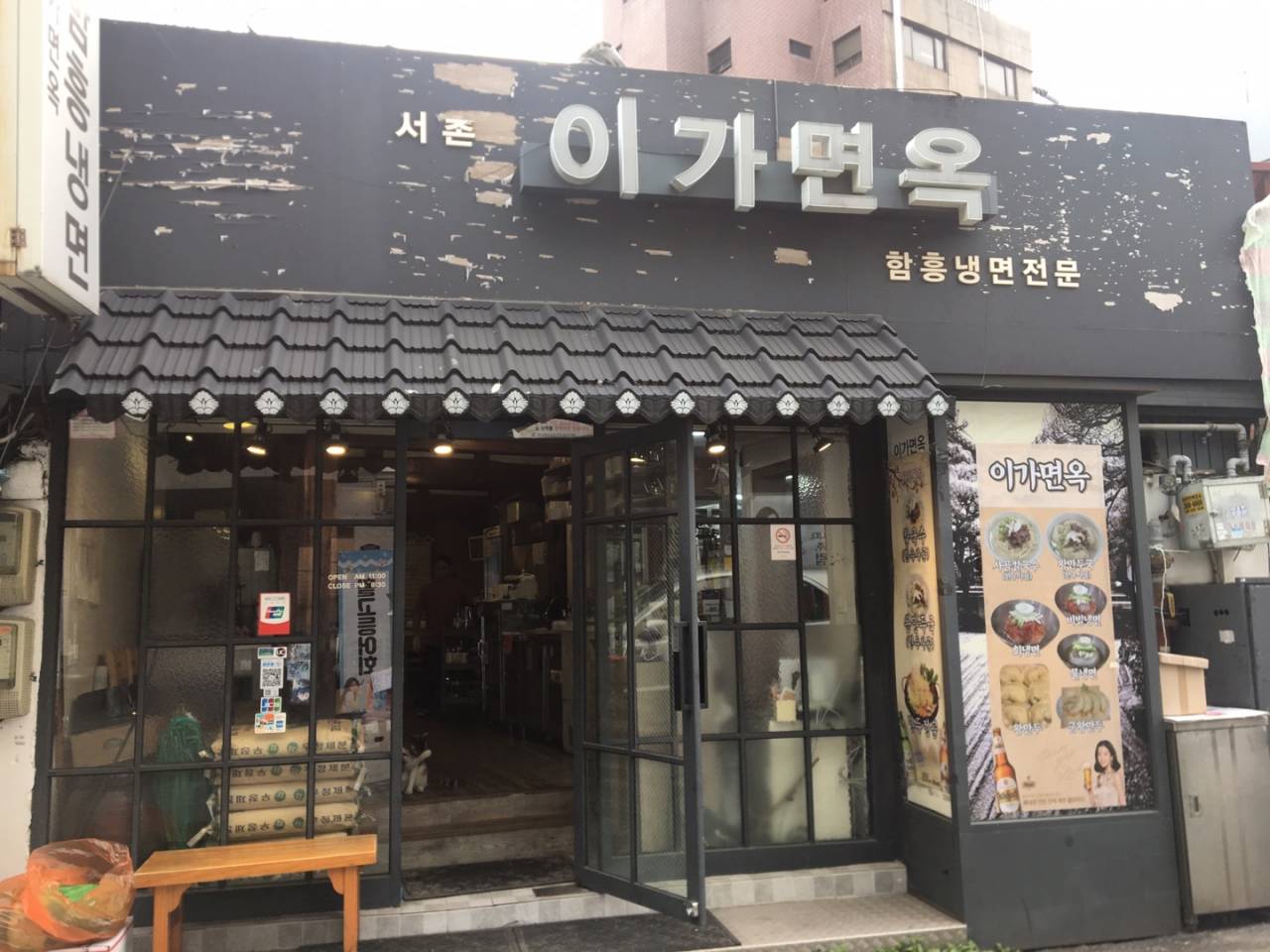
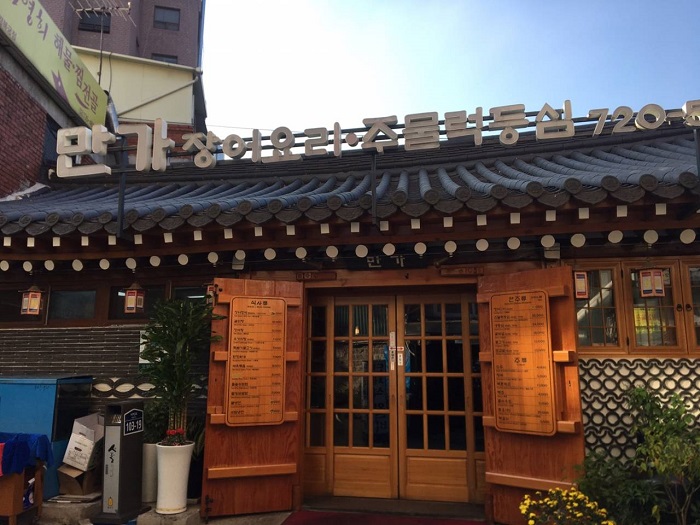
![Seochon Guest House [Korea Quality] / 서촌 게스트하우스 [한국관광 품질인증]](http://tong.visitkorea.or.kr/cms/resource/41/2447241_image2_1.jpg)
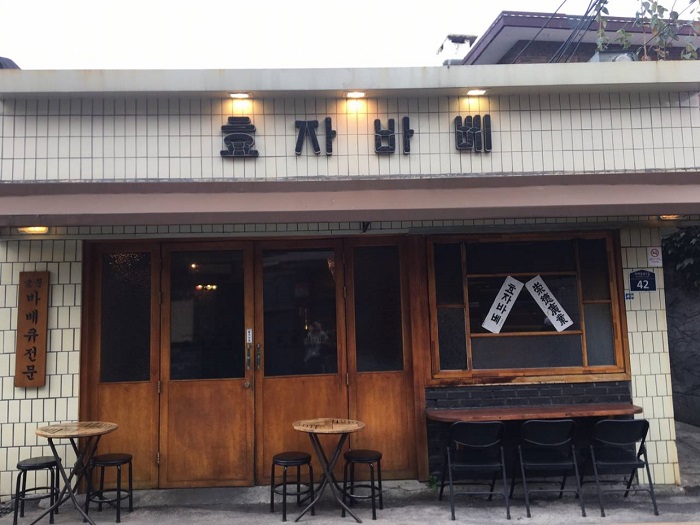
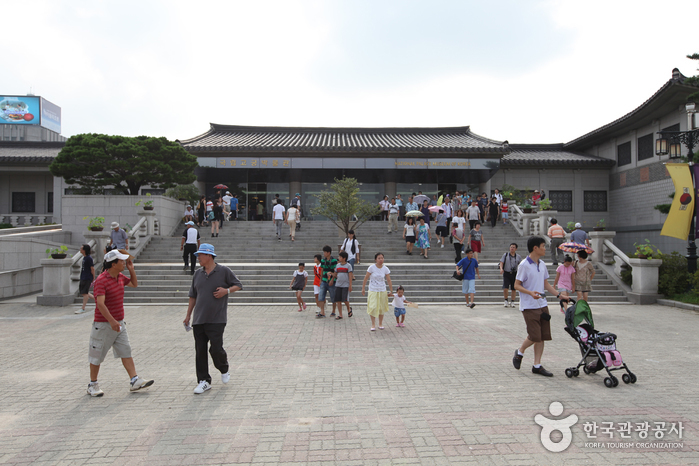
 Français
Français
 한국어
한국어 English
English 日本語
日本語 中文(简体)
中文(简体) Deutsch
Deutsch Español
Español Русский
Русский